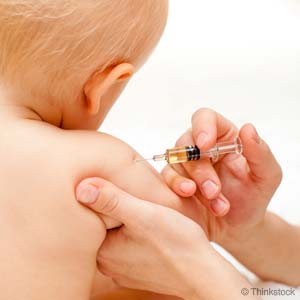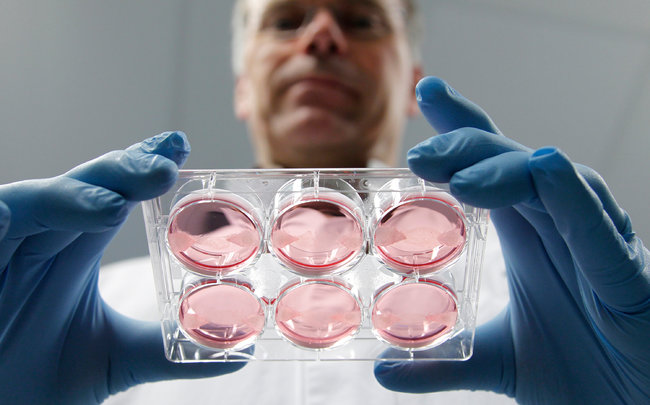
Image from ScienceNews
Nature reports on the recent success in cloning human embryonic stem cells:
Mitalipov and his group began work on their new study last September, using eggs from young donors recruited through a university advertising campaign. In December, after some false starts, cells from four cloned embryos that Mitalipov had engineered began to grow. “It looks like colonies, it looks like colonies,” he kept thinking. Masahito Tachibana, a fertility specialist from Sendai, Japan, who is finishing a 5-year stint in Mitalipov’s laboratory, nervously sectioned the 1-millimetre-wide clumps of cells and transferred them to new culture plates, where they continued to grow — evidence of success. Mitalipov cancelled his holiday plans. “I was happy to spend Christmas culturing cells,” he says. “My family understood.”
The success came through minor technical tweaks. The researchers used inactivated Sendai virus (known to induce fusion of cells) to unite the egg and body cells, and an electric jolt to activate embryo development. When their first attempts produced six blastocysts but no stable cell lines, they added caffeine, which protects the egg from premature activation.
None of these techniques is new, but the researchers tested them in various combinations in more than 1,000 monkey eggs before moving on to human cells. “They made the right improvements to the protocol,” says Egli. “It’s big news. It’s convincing. I believe it.”
The experiments took only a few months, Mitalipov says. “People say, you did it in monkeys in 2007. Why did it take six years in humans?” Most of the time, he says, was spent navigating US regulations on embryo research.
The researchers carried out a battery of tests to prove that their SCNT cells could form various cell types, including heart cells that are able to contract spontaneously.
Their first cell lines were created using fetal skin cells; others were derived using donor cells from an 8-month-old patient with a rare metabolic disorder called Leigh syndrome, to prove that ESCs could be made from more mature donor cells. The technique does not require prohibitive numbers of eggs: it took 15 from one donor to produce one cell line and 5 from a different donor to make another. “The efficiency was the most impressive thing,” says George Daley, a stem-cell expert at Children’s Hospital Boston in Massachusetts.

